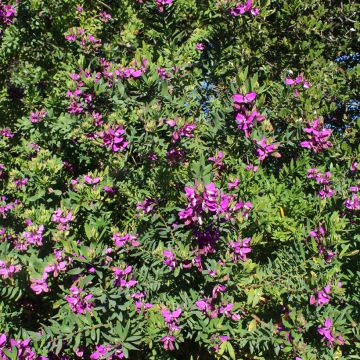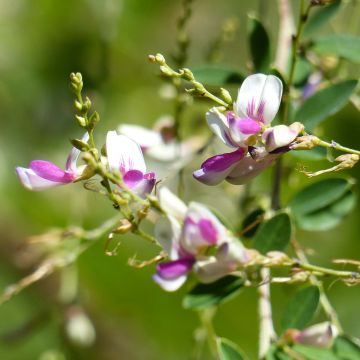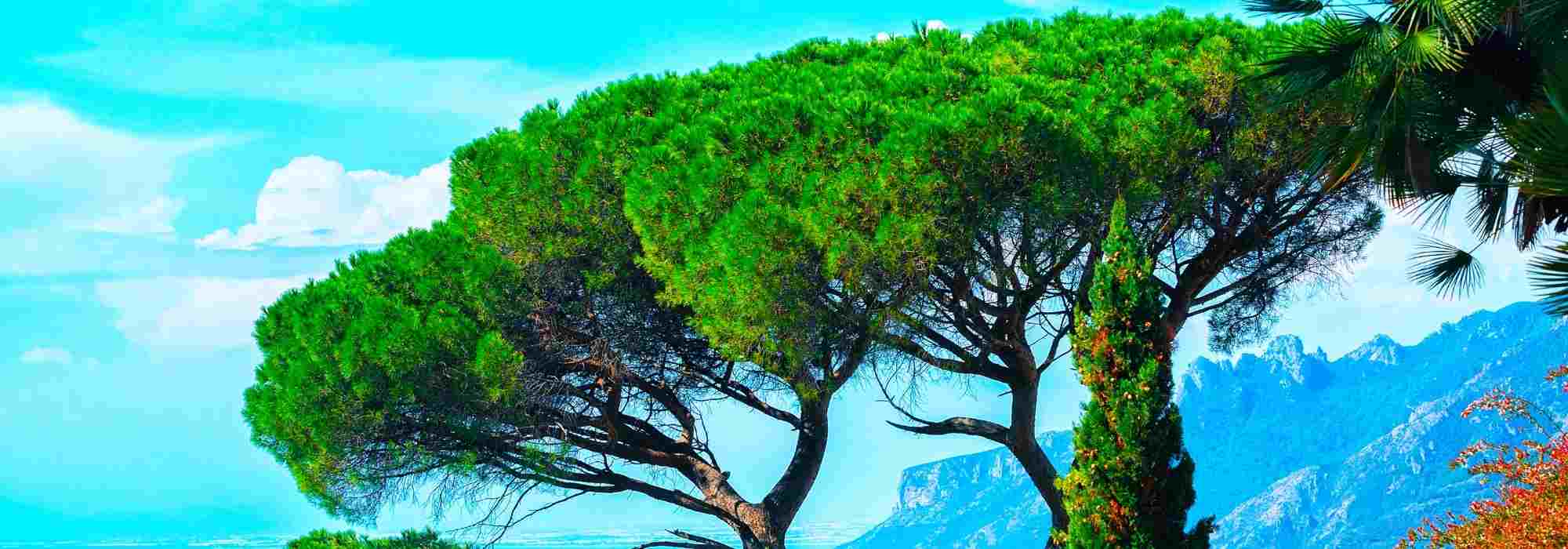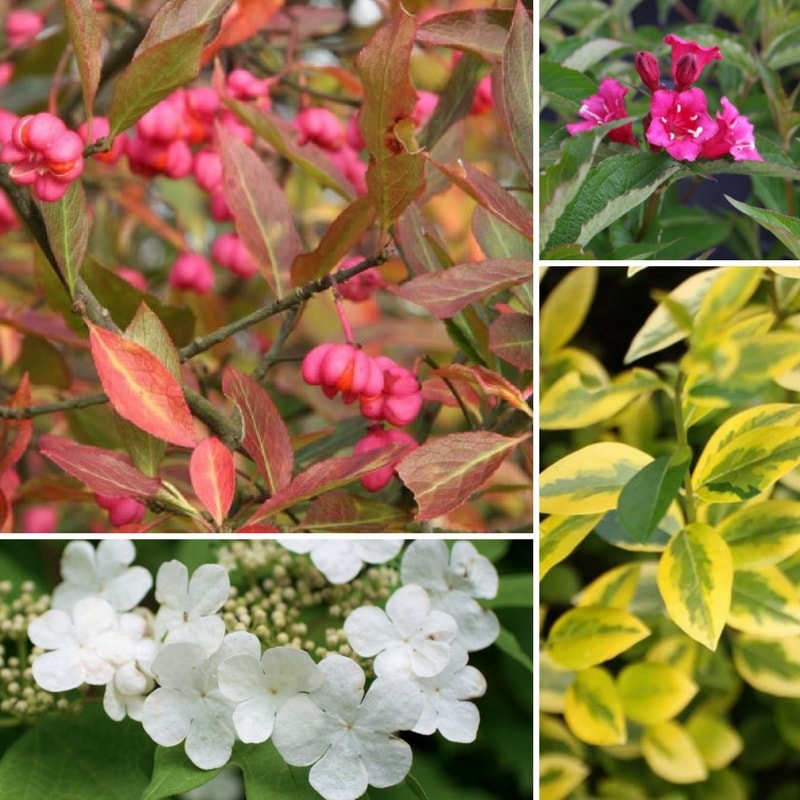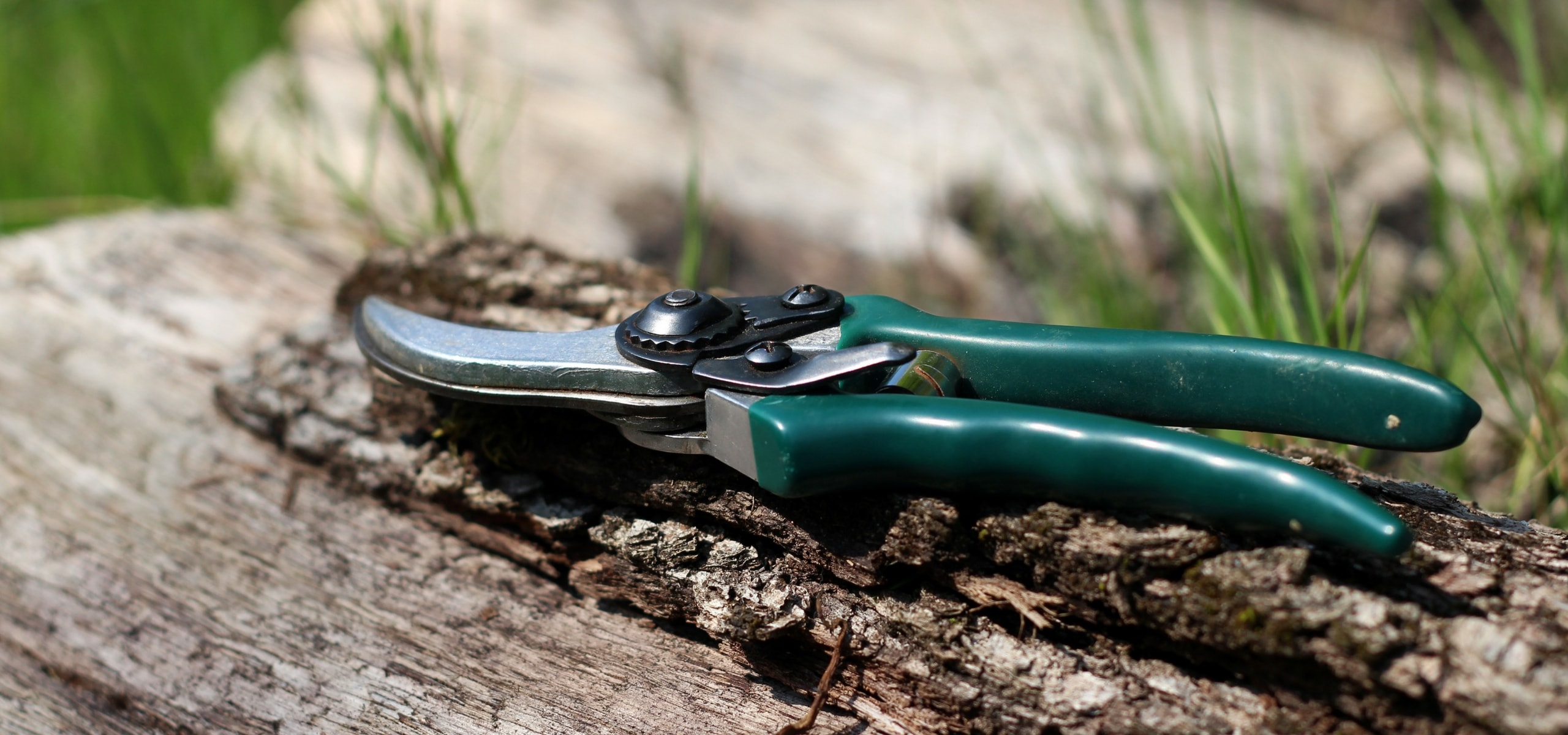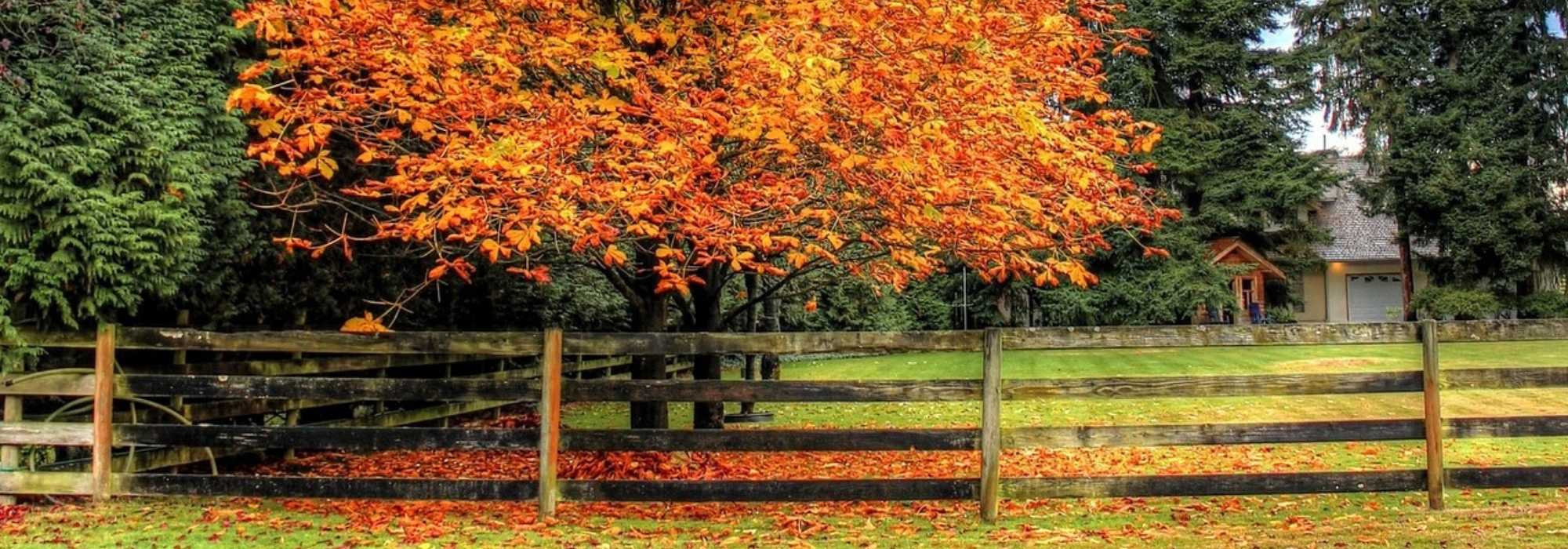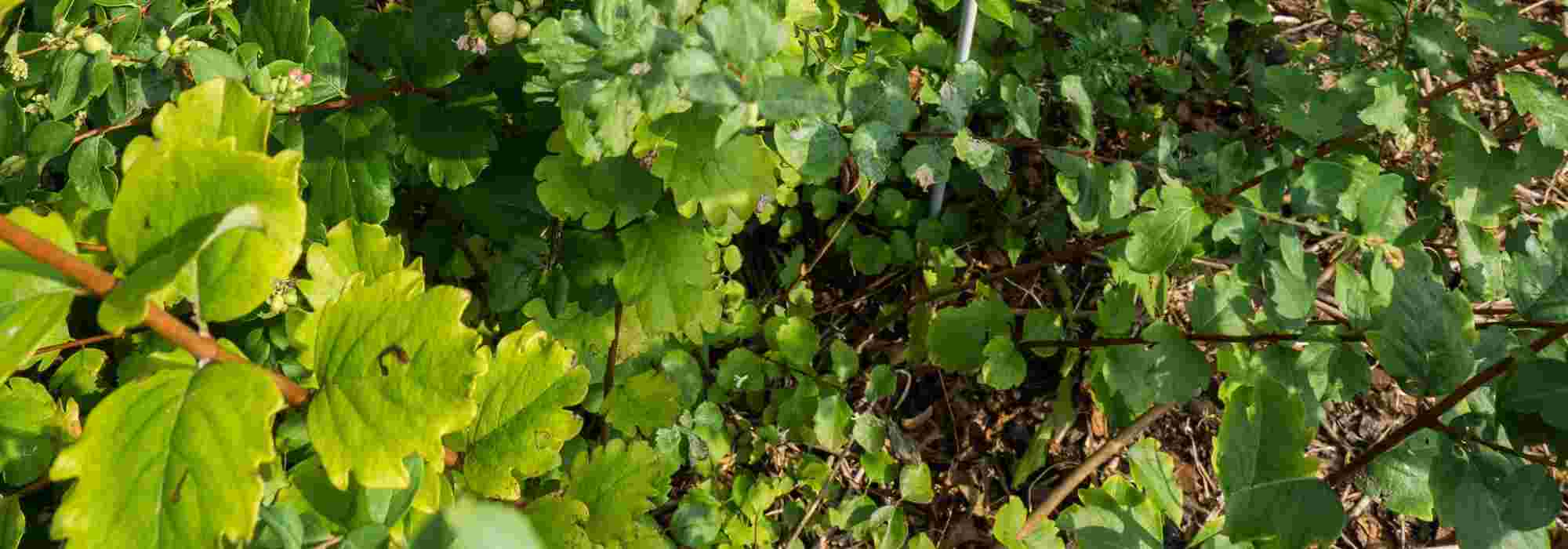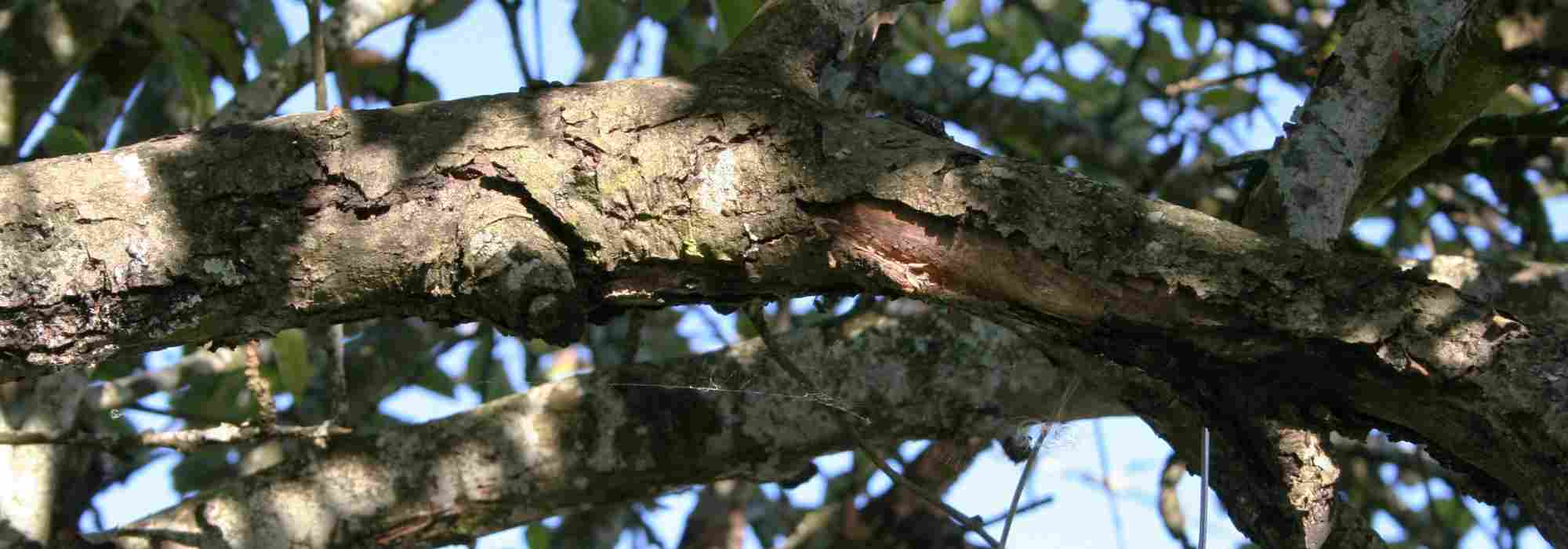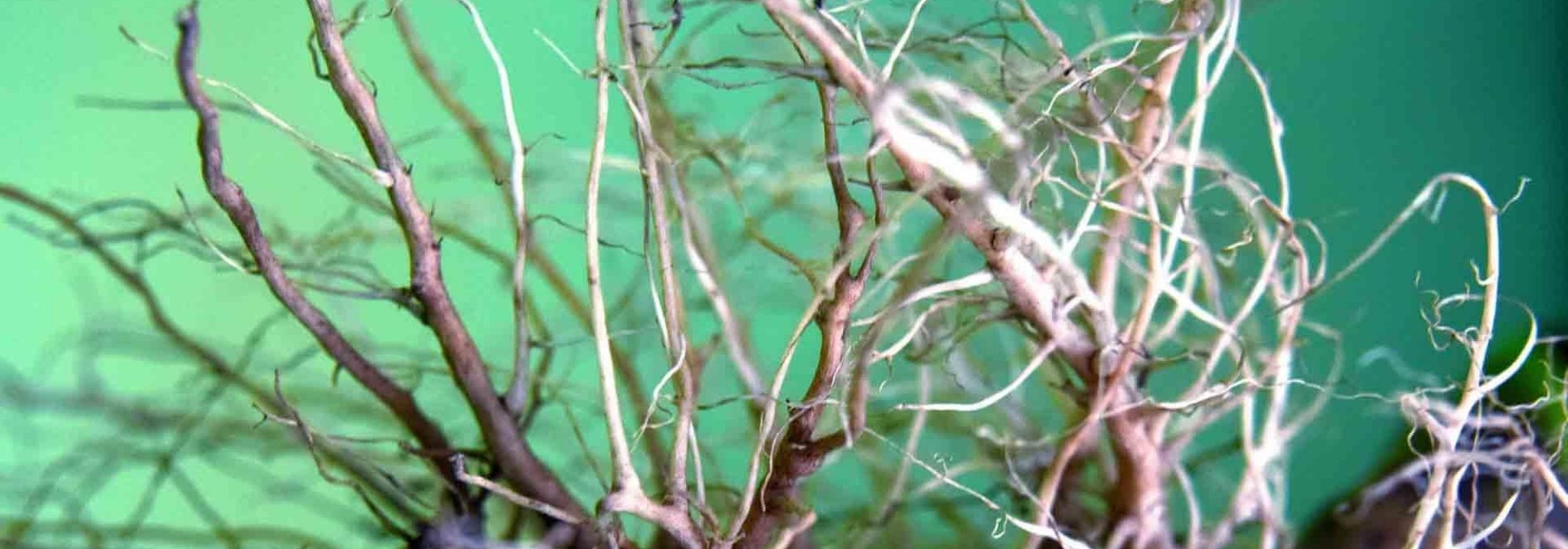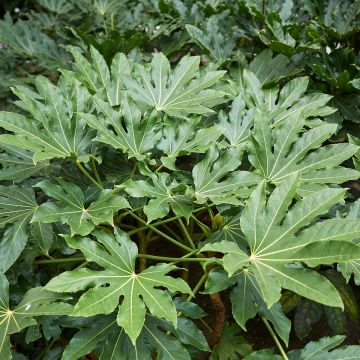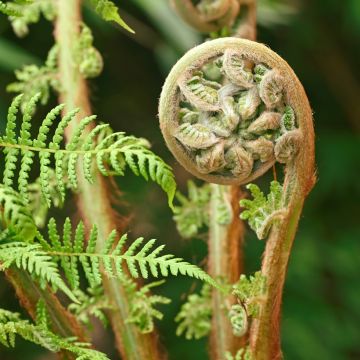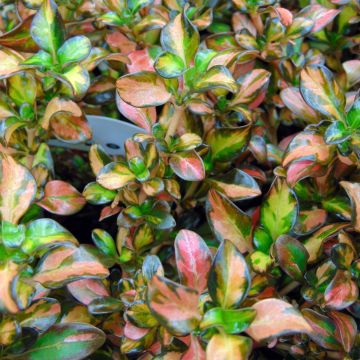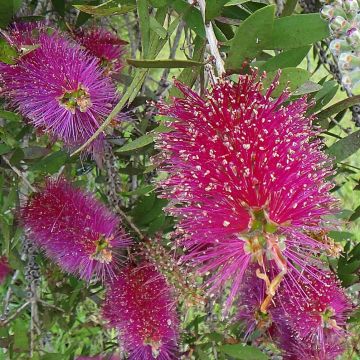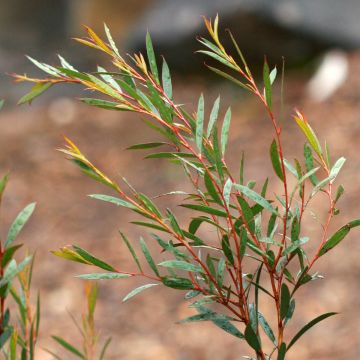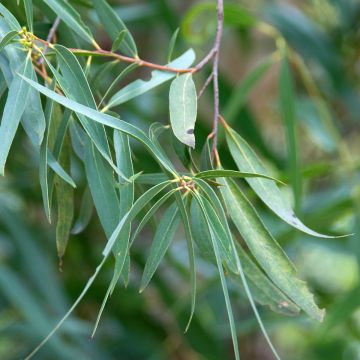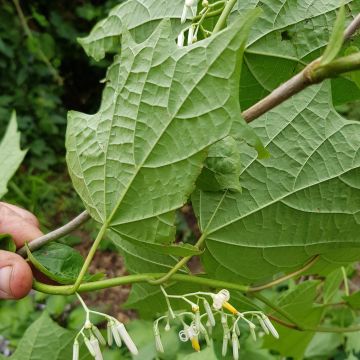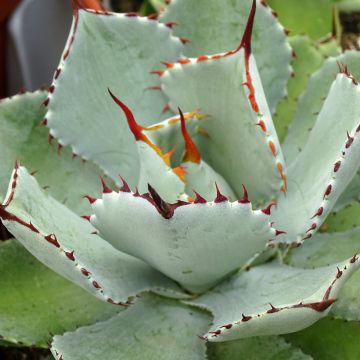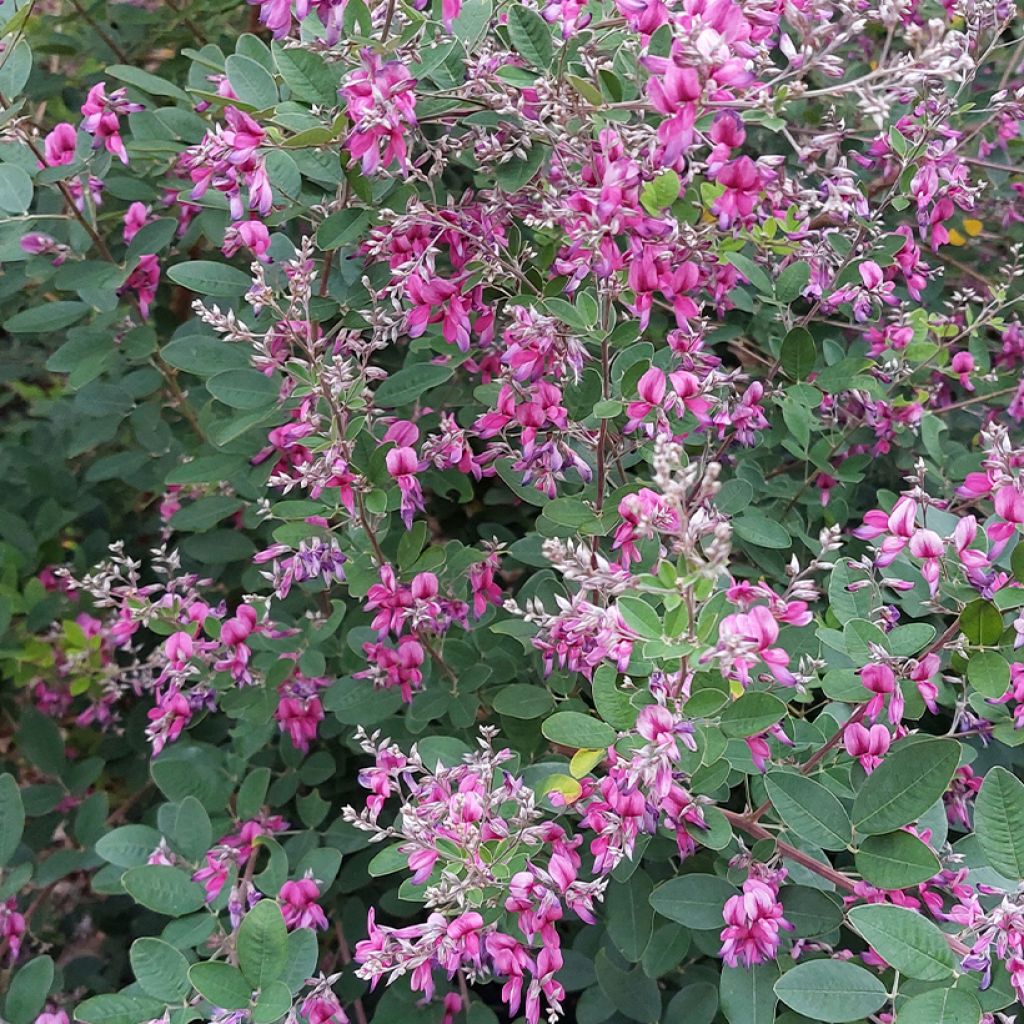

Lespedeza liukiuensis Little Volcano
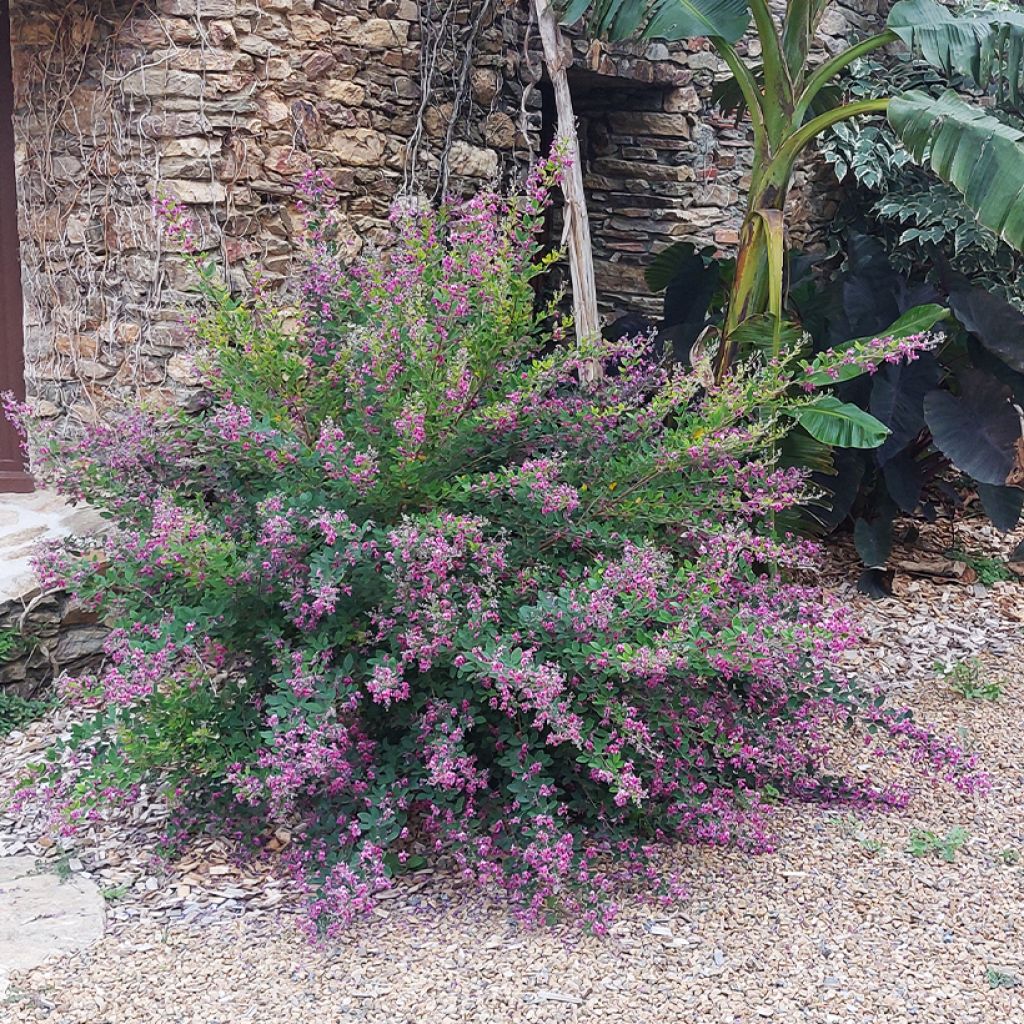

Lespedeza liukiuensis Little Volcano
Lespedeza liukiuensis Little Volcano
Lespedeza liukiuensis Little Volcano
Special offer!
Receive a €20 voucher for any order over €90 (excluding delivery costs, credit notes, and plastic-free options)!
1- Add your favorite plants to your cart.
2- Once you have reached €90, confirm your order (you can even choose the delivery date!).
3- As soon as your order is shipped, you will receive an email containing your voucher code, valid for 3 months (90 days).
Your voucher is unique and can only be used once, for any order with a minimum value of €20, excluding delivery costs.
Can be combined with other current offers, non-divisible and non-refundable.
Home or relay delivery (depending on size and destination)
Schedule delivery date,
and select date in basket
This plant carries a 24 months recovery warranty
More information
We guarantee the quality of our plants for a full growing cycle, and will replace at our expense any plant that fails to recover under normal climatic and planting conditions.
Does this plant fit my garden?
Set up your Plantfit profile →
Description
Lespedeza liukiuensis 'Little Volcano' is a truly unique and attractive variety of tree clover. It stands out from others with its even later flowering season, fully blooming in October. The elegantly weeping shrub is then covered in a myriad of small 'butterfly' flowers, in a deep pink. When they fade, the foliage takes over, turning a very bright yellow, which brightens up the dark days. Growing wider than it does tall, the shrub naturally adopts a weeping habit due to its very flexible branches, which hang down to the ground. Lespedeza is adaptable in terms of soil, as long as it is well-drained, and prefers full sun, although it can tolerate light shade.
Lespedeza belongs to the vast family of Fabaceae (or Leguminosae, the third richest family in the plant kingdom with 19,500 species!) and more specifically, to the subfamily Papilionoideae (or Faboideae), whose members have flowers that are typically "butterfly-shaped". There are forty to fifty species of herbaceous, semi-woody or shrubby Lespedeza, native to North America, Asia or Australia, of which only about ten are cultivated.
Despite its name, Lespedeza liukiuensis 'Little Volcano' is not a horticultural cultivar, but a natural form discovered in Japan, in the Ryukyu Islands (an archipelago stretching between southern Japan and Taiwan), by Mr. Akari Shibamichi. Nurseryman Ted Stephens was able to obtain two cuttings, which allowed the plant to be propagated and introduced to the market. It was another nurseryman, Tony Avent, who named it "Little Volcano" because its flowering resembles a colourful explosion in autumn.
This fast-growing semi-woody shrub forms a multitude of very flexible branches, erect at the base, which quickly bend and hang down to the ground, giving it a truly elegant weeping habit. This Lespedeza therefore adopts a characteristic shape, much wider than it is tall, reaching a height of over 1.50 m and a width of up to 2.80 or 3 m in full development. However, it is rare to leave it in its natural form, especially because in cold climates, the herbaceous tips of the branches tend to freeze. It is much more common to prune it back to the ground in spring to encourage new shoots, which rejuvenates the plant and helps control its growth. The branches are adorned with compound leaves consisting of three elongated, matte medium green leaflets, resembling clover which provide a beautiful backdrop for the vibrant flowering. It begins in September, even later than other tree clover varieties, and reaches its peak in October. The plant is then literally covered in a profusion of small flowers about 2 cm wide, with the typical butterfly-like shape (like sweet peas), and a deep pink colour, clearly visible against the darker foliage. This magnificent spectacle is eye-catching in the garden, especially since late-season blooms become scarce. The flowers are sterile in this variety, which prevents its natural propagation through self-seeding. After flowering, 'Little Volcano' reveals its second asset when its foliage turns from green to a bright yellow, which is very attractive when the days are getting shorter. The deciduous leaves then fall and the plant goes dormant during winter.
Certainly one of the best choices for autumn, this Lespedeza deserves its place in the garden. It will look wonderful cascading over a wall or at the top of a slope, where its flexible and trailing growth can fully express its decorative potential. It will allow you to extend the flowering period of a bed by combining it with species that bloom in spring, such as the White Spirea (Spiraea arguta), a medium-sized shrub with superb and abundant white snow-like flowers in April-May. Plant Euonymus grandiflorus 'Red Wine' alongside it, a Spindle Tree whose foliage ignites with vibrant colours in autumn, ranging from red to purple, and you will create a breathtaking contrast. Aster novi-belgii 'Eventide', which produces a myriad of blue-purple flowers at the same time as your Lespedeza, will also be a perfect companion to brighten up your autumn.
Report an error about the product description
Lespedeza liukiuensis Little Volcano in pictures
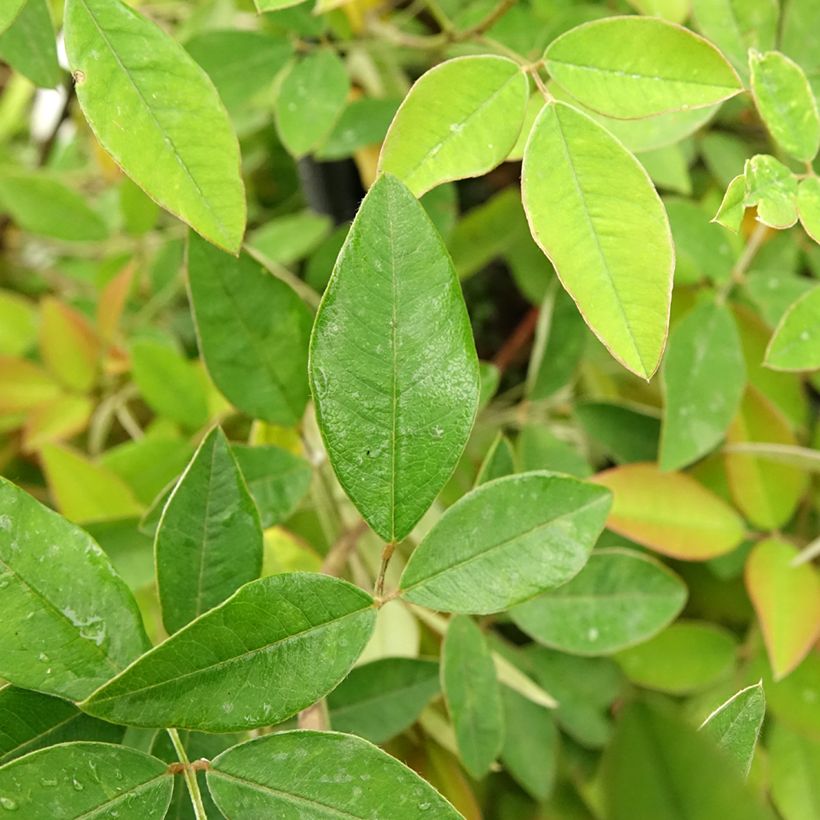



Plant habit
Flowering
Foliage
Botanical data
Lespedeza
liukiuensis
Little Volcano
Fabaceae
Lespedeza thunbergii Little Volcano
East Asia
Other Lespedeza
View all →Planting and care
Lespedeza thunbergii 'Little Volcano' should be planted in early spring or early autumn. It should be placed in a very sunny position in the north but can tolerate a few hours without sun in the south. Plant it in well-drained, light, rich soil. Add some compost and river sand to your garden soil. It withstands cold winds quite well and possible droughts, but water in hot climates improves flowering. To promote root growth, water generously at planting and regularly during the first two summers. Avoid pruning before winter, as with bushy salvias, and wait until spring returns. Then, cut back your bush to 10 cm from the ground, when heavy frosts are no longer a concern. This will stimulate the formation of new shoots that will regenerate the plant. Vegetation starts again quite late, don't worry. Young plants will appreciate a thick protective mulch on their crown in winter, which will help them survive heavy frosts. Tree clover has few natural enemies, but slugs and snails enjoy its young shoots. So, make sure to protect young plants!
Planting period
Intended location
Care
Planting & care advice
This item has not been reviewed yet - be the first to leave a review about it.
Similar products
Haven't found what you were looking for?
Hardiness is the lowest winter temperature a plant can endure without suffering serious damage or even dying. However, hardiness is affected by location (a sheltered area, such as a patio), protection (winter cover) and soil type (hardiness is improved by well-drained soil).

Photo Sharing Terms & Conditions
In order to encourage gardeners to interact and share their experiences, Promesse de fleurs offers various media enabling content to be uploaded onto its Site - in particular via the ‘Photo sharing’ module.
The User agrees to refrain from:
- Posting any content that is illegal, prejudicial, insulting, racist, inciteful to hatred, revisionist, contrary to public decency, that infringes on privacy or on the privacy rights of third parties, in particular the publicity rights of persons and goods, intellectual property rights, or the right to privacy.
- Submitting content on behalf of a third party;
- Impersonate the identity of a third party and/or publish any personal information about a third party;
In general, the User undertakes to refrain from any unethical behaviour.
All Content (in particular text, comments, files, images, photos, videos, creative works, etc.), which may be subject to property or intellectual property rights, image or other private rights, shall remain the property of the User, subject to the limited rights granted by the terms of the licence granted by Promesse de fleurs as stated below. Users are at liberty to publish or not to publish such Content on the Site, notably via the ‘Photo Sharing’ facility, and accept that this Content shall be made public and freely accessible, notably on the Internet.
Users further acknowledge, undertake to have ,and guarantee that they hold all necessary rights and permissions to publish such material on the Site, in particular with regard to the legislation in force pertaining to any privacy, property, intellectual property, image, or contractual rights, or rights of any other nature. By publishing such Content on the Site, Users acknowledge accepting full liability as publishers of the Content within the meaning of the law, and grant Promesse de fleurs, free of charge, an inclusive, worldwide licence for the said Content for the entire duration of its publication, including all reproduction, representation, up/downloading, displaying, performing, transmission, and storage rights.
Users also grant permission for their name to be linked to the Content and accept that this link may not always be made available.
By engaging in posting material, Users consent to their Content becoming automatically accessible on the Internet, in particular on other sites and/or blogs and/or web pages of the Promesse de fleurs site, including in particular social pages and the Promesse de fleurs catalogue.
Users may secure the removal of entrusted content free of charge by issuing a simple request via our contact form.
The flowering period indicated on our website applies to countries and regions located in USDA zone 8 (France, the United Kingdom, Ireland, the Netherlands, etc.)
It will vary according to where you live:
- In zones 9 to 10 (Italy, Spain, Greece, etc.), flowering will occur about 2 to 4 weeks earlier.
- In zones 6 to 7 (Germany, Poland, Slovenia, and lower mountainous regions), flowering will be delayed by 2 to 3 weeks.
- In zone 5 (Central Europe, Scandinavia), blooming will be delayed by 3 to 5 weeks.
In temperate climates, pruning of spring-flowering shrubs (forsythia, spireas, etc.) should be done just after flowering.
Pruning of summer-flowering shrubs (Indian Lilac, Perovskia, etc.) can be done in winter or spring.
In cold regions as well as with frost-sensitive plants, avoid pruning too early when severe frosts may still occur.
The planting period indicated on our website applies to countries and regions located in USDA zone 8 (France, United Kingdom, Ireland, Netherlands).
It will vary according to where you live:
- In Mediterranean zones (Marseille, Madrid, Milan, etc.), autumn and winter are the best planting periods.
- In continental zones (Strasbourg, Munich, Vienna, etc.), delay planting by 2 to 3 weeks in spring and bring it forward by 2 to 4 weeks in autumn.
- In mountainous regions (the Alps, Pyrenees, Carpathians, etc.), it is best to plant in late spring (May-June) or late summer (August-September).
The harvesting period indicated on our website applies to countries and regions in USDA zone 8 (France, England, Ireland, the Netherlands).
In colder areas (Scandinavia, Poland, Austria...) fruit and vegetable harvests are likely to be delayed by 3-4 weeks.
In warmer areas (Italy, Spain, Greece, etc.), harvesting will probably take place earlier, depending on weather conditions.
The sowing periods indicated on our website apply to countries and regions within USDA Zone 8 (France, UK, Ireland, Netherlands).
In colder areas (Scandinavia, Poland, Austria...), delay any outdoor sowing by 3-4 weeks, or sow under glass.
In warmer climes (Italy, Spain, Greece, etc.), bring outdoor sowing forward by a few weeks.






























